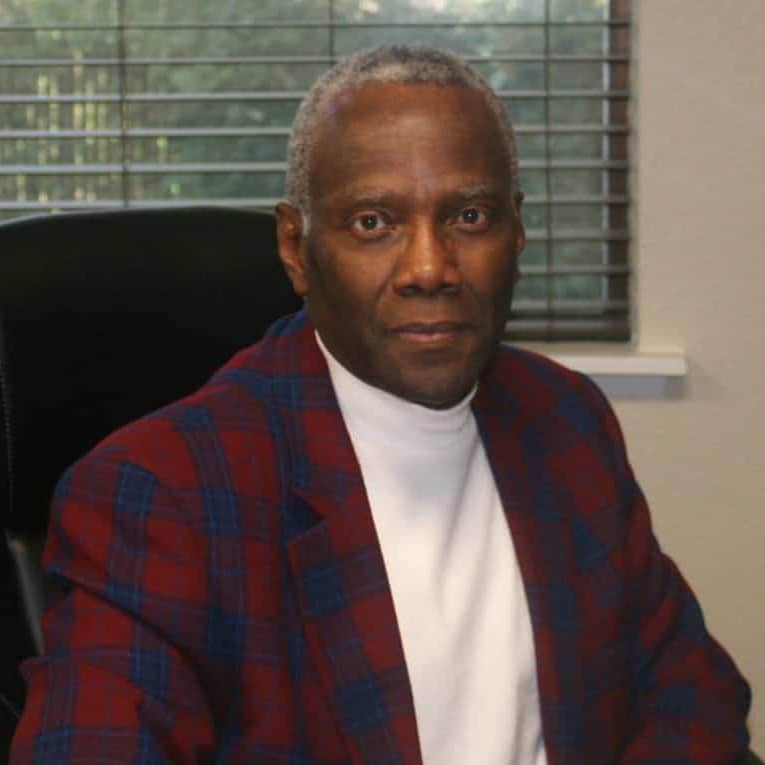Vicodin is a prescription painkiller that medical professionals often prescribe for moderate to serious pain after surgery or serious accident. Vicodin is a combination of hydrocodone (a synthetic opioid) and acetaminophen (the main ingredient in Tylenol). Synthetic opioids treat pain by activating the neuroreceptors in a similar way to opiates such as heroin. Unfortunately, people who use Vicodin regularly might be at risk for developing a vicodin addiction.
Most Vicodin tablets combine 300mg of acetaminophen with either 5mg, 7.5 mg, or 10 mg of hydrocodone. General directions dictate taking one pill every 4-6 hours. However, because the hydrocodone in Vicodin is so habit-forming, many users quickly begin taking more and more pills in shorter time frames.
Vicodin Addiction and Abuse
The Drug Enforcement Agency (DEA) currently labels Vicodin as a “Schedule II” controlled substance. This represents an “upgrade” from “Schedule III” as of October 2014. The change was made due to an extreme spike in abuse of all manners of hydrocodone, including Vicodin.
The abuse potential of Vicodin and all hydrocodone-based narcotics led the DEA to vote to tighten distribution restrictions to prevent sales to/by unlicensed users and protect patients from abuse or misuse. The misuse of Vicodin, or any drug, is categorized as “excessive or inappropriate use of a substance without the consent of or under the supervision of a licensed medical professional”.
One of the most prominent negative side-effects of Vicodin abuse is liver damage or failure caused by the excessive acetaminophen in the drug. One of the negative complications of Vicodin abuse is liver damage or failure caused by the acetaminophen in the drug.
Studies show that liver damage can occur when someone ingests over 4,000mg or more a day of acetaminophen. You can see how this number can be approached quickly when someone struggles with Vicodin abuse. The FDA acted on this information in March 2014 by limiting the marketing that Vicodin manufacturers can do towards products with excessive Acetaminophen (like Vicodin).
Since Vicodin is often prescribed to people in excessive pain, abuse can occur without intent as people seek to medicate very real and uncomfortable health situations. The intentions of doctors and patients are generally good, but with any strong substance, good intentions can turn to unhealthy abuse very quickly.
The Effects of Vicodin Abuse
Most substances can have negative health consequences, especially if abused, and Vicodin is no exception. While there can be desirable short-term effects, such as pain relief, the potential for extreme long-term health risk is very real. Because of the addictive nature of Vicodin, many people continue to use it even after the initial pain has subsided.
The immediate negative effects are liver damage and the potential for addiction. Overdose or toxic shock syndrome can occur if the daily usage is excessive. Some of the other effects of short or long term Vicodin abuse are as follows:
- Constipation
- Depression and anxiety
- Muscle pain and stiffness
- Euphoria or extreme relaxation
- Depressed heart rate and breathing
- Stomach pain, vomiting, and cramps
Everyone has a different physiological makeup and will respond differently to varying levels of any drug. You may experience one or more of these side effects immediately while someone else may take weeks or months of abuse to feel something negative. Also, every individual has a different tolerance and requires differing amounts of a substance to achieve the same result.
Symptoms of Vicodin Abuse
Vicodin addiction can be difficult to spot, even in the hardest of users. Many people develop a chemical dependence (which can result in withdrawals and high tolerance) but will not show negative effects until they stop using Vicodin. Dependency is what leads to addiction, and addiction is marked by the continued, uncontrollable urge to use despite knowing the negative consequences.
The DSM-V (Diagnostic and Statistical Manual of Mental Disorders-used for diagnosing mental health disorders) lays out some symptoms that are common with most substance abuse patients. The DSM-V specifies that someone must meet at least two of the eleven criteria within one year to have a diagnosable substance abuse disorder. Meeting two criteria puts someone in the range of a “mild” substance abuse disorder.
Meeting four to five criteria identifies someone in the “moderate” category and any more than five denotes a “serious” substance abuse disorder. Regardless of the level someone finds themselves in, it’s important to take all substance abuse disorders seriously and seek help as soon as possible. The criteria for addiction noted in the DSM-V (applied to Vicodin) are as follows:
- Inability to stop using Vicodin
- Development of a tolerance to Vicodin
- Increasingly uncontrollable cravings and urges to use Vicodin
- Using Vicodin again and again, even when it puts you in danger
- Taking Vicodin in larger amounts or for longer than you’re meant to
- Continuing Vicodin use, even when it causes problems in relationships
- Inability to maintain social, familial, or work relationships due to Vicodin use
- Inability to do what you should at work, home, or school because of Vicodin use
- Development of withdrawal symptoms that can only be improved by taking more Vicodin
- Continued Vicodin use even when there is an obvious physical or psychological side effect
- Spending increasingly unhealthy amounts of time getting, using, or recovering from use of Vicodin
Vicodin Abuse Statistics
Along with many other opioid use disorders, Vicodin addiction continues to be a serious problem in the United States. The opioid epidemic was declared a national health crisis in 2017 and millions of dollars in federal funding were allocated to fight this scourge. Despite these efforts, many states continue to fight a losing battle with painkiller abuse.
In the last 20 years, the production and use of Vicodin and other painkillers has increased by over 200%. This represents an intentional effort by pharmaceutical companies to a) push use of dangerous opioids and b) hide the potential negative effects of the drug from the general public.
As of 2015, as many as 8%-10% of high school-aged children have tried Vicodin or another opioid without a prescription. While drug use among teenagers has always been an issue, this represents a dangerous trend away from recreational drugs, such as marijuana, towards “hard”, habit-forming drugs such as Vicodin.
Since there is so much money to be made from selling legal narcotics, doctors and pharmaceutical company reps are pushing more and more drugs each year. Only recently has this trend begun to slow as people seek out more holistic, less habit-forming ways to relieve pain. In the last decade alone, as many as 150 million Americans have been unnecessarily prescribed potentially deadly opioids. This has led the US government to hold some pharmaceutical companies liable for the ongoing American opioid epidemic.
Treatment for Vicodin Addiction

Professional treatment is the best way to conquer any addiction and Vicodin abuse is no exception. At Free by the Sea, we offer many traditional treatment options including individual therapy, group therapy, 12 step programs, and inpatient/outpatient options. The level of addiction and the recommendations of our trained staff should help determine what is right for you or your loved one. Whether you need detox or simply a helping hand to walk you through the healing process, Free by the Sea is here for you.
One unique aspect of opioid abuse treatment is medication-assisted treatment. MAT may use some of the following drugs to help break the cycle of Vicodin addiction:
Buprenorphine: This drug activates many of the same neuroreceptors as Vicodin, without some of the negative side-effects. It can also be habit-forming so it is necessary to seek professional supervision before using Buprenorphine.
Naltrexone: Naltrexone is often used to treat opioid or alcohol addiction. It can help reduce cravings and block the neurological effects of Vicodin in case of relapse.
The Free by the Sea Treatment Experience
In the last decade, nearly 20 million people have received treatment for prescription painkiller addiction. While seeking help can be difficult, know that you are not alone and you can conquer this addiction. In 2012, nearly 1 million people received treatment for their addiction to prescription pain relievers. You aren’t alone in your journey to recovery. Reach out to a treatment provider to learn more about your recovery options and breaking the cycle of addiction.
At Free by the Sea, we are committed to providing cutting-edge treatment options for a variety of addiction needs. Our facilities can host inpatient treatment or prolonged stays as necessary. Our focus is on your individual needs and our professional staff is standing by to help you achieve your recovery goals.
Our team has thousands of hours of experience treating mental health disorders, substance abuse disorders, and even dual diagnosis disorders. Our family-owned treatment organization is ready to help you begin your journey to sobriety today. Contact us now to begin a journey to holistic health today!

Dr. Richard Crabbe joined our team in 2019 as our psychiatrist and medical director. He attended the University of Ghana Medical School where he became a Medical Doctor in 1977. From 1978 through 1984, he was a medical officer in the Ghana Navy and provided a variety of services from general medicine to surgeries. He received his Certificate in General Psychology from the American Board of Psychology and Neurology in 2002.



